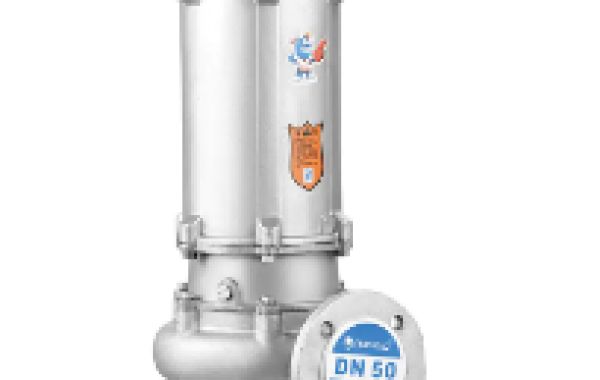In the intricate network of industrial infrastructure, the pipeline pump emerges as a vital component, propelling the movement of fluids across vast distances. With its precise engineering and robust design, the pipeline pump plays a pivotal role in various sectors, from oil and gas to water distribution.
At its core, a pipeline pump is responsible for generating the necessary pressure to transport liquids through pipelines. This pressure ensures a consistent flow, overcoming friction and elevation changes. The design of pipeline pumps varies based on factors such as flow rate, fluid properties, and the specific requirements of the application.
Pipeline pumps find extensive use in industries:
Oil and Gas: In the oil and gas sector, pipeline pumps facilitate the transportation of crude oil, refined products, and natural gas across continents, linking production fields to refineries and consumers.
Water Distribution: Municipal water supply systems rely on pipeline pumps to ensure a steady flow of clean water to homes, businesses, and public facilities.
Chemical Processing: Pipeline pumps are integral to chemical plants, where they move a variety of liquids, including corrosive and hazardous substances, through intricate pipelines.
Mining: In mining operations, pipeline pumps transport slurry and other materials, contributing to efficient mineral extraction processes.
Utilities and Energy: Pipeline pumps support power generation by transporting cooling water to thermal and nuclear power plants, ensuring smooth operations and preventing overheating.
In conclusion, the pipeline pump serves as the lifeline of fluid transport, powering industries that rely on the efficient movement of liquids over long distances. Its contribution to global commerce, energy production, and resource distribution underscores its significance in modern infrastructure.








